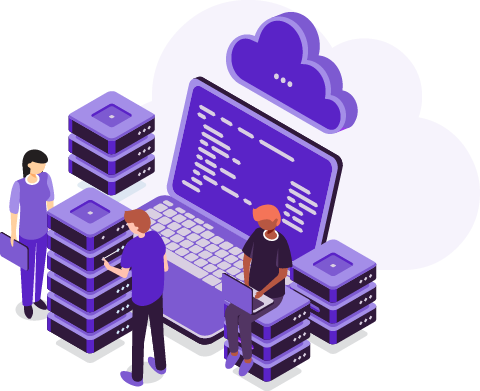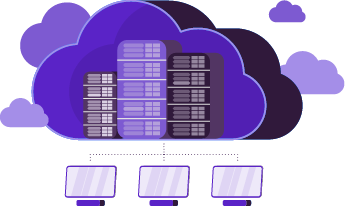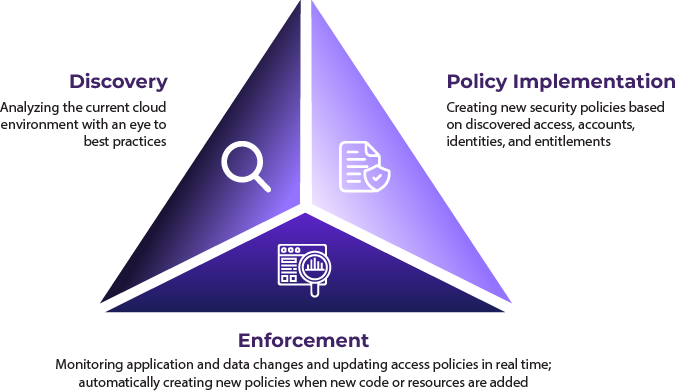
Content is the lifeblood of the media and entertainment (M&E) industry, and the emergence of digital platforms, such as video and audio streaming services, websites, social media, and mobile apps, are currently driving a profound shift in terms of how content is produced, distributed, and consumed.
On the one hand, these platforms are enabling M&E companies to reach a wider audience than ever before, and more easily distribute and monetize their content globally. At the same time, digitalization has lowered barriers to entry, making it easier for new competitors to enter the market and compete on price, challenging traditional content distribution and revenue models.
Advertising revenues have also declined as audiences shift to digital platforms, forcing companies to implement subscription-based models. This is having a dramatic impact on M&E companies, requiring them to make huge upfront investments to acquire subscribers, and create content that will keep them engaged for a long time
As consumers increasingly access content on digital platforms, they’re becoming more demanding in terms of the type, quality and variety of content they expect. This has led to increased competition and pressure on traditional M&E companies to adapt their business models to remain relevant, and ramp up their investment in content creation and innovation.
So while content is king, the cost of producing the right type of content that appeals to this new type of audience has risen significantly in recent years. This, in turn, has put pressure on companies to find new revenue streams to offset these costs. In addition, the fragmentation of audiences across multiple platforms has made it harder for companies to reach large audiences and monetize their content effectively. This has led M&E companies to diversify their revenue streams, and find new ways to reach audiences using technology-driven innovation.
Adaptive Cloud Security for Digital-First Media and Entertainment Operations | 2 Cloud computing is at the center of the rapid digitalization of the M&E industry. From major film studios and broadcasters to online content and streaming platforms, M&E companies are leveraging public cloud infrastructure services to run their business. This makes it easier for them to distribute their content to a global audience quickly and efficiently, collaborate on projects, and effectively store and access large amounts of data and content.

Furthermore, cloud computing enables M&E players to scale their computing resources up or down as needed, which is especially important for companies that need to handle spikes in demand. This capability has become even more critical in the aftermath of the COVID-19 pandemic, which has led to changes in the way content is produced and consumed. Cloud computing also provides M&E companies with access to innovative data and analytics services, enabling them to make more informed decisions based on data insights, improve the efficiency of content production and distribution, and deliver personalized recommendations to users.

However, the shift to cloud-based infrastructure also introduces a range of operational challenges for M&E companies, most notably around cloud security. Cloud infrastructure is quickly becoming the go-to method for companies to store and access sensitive data, which makes it a lucrative target for cyber criminals. M&E companies are particularly vulnerable to cyberattacks due to the high value of their data. Many of them are storing huge content libraries in the cloud, often containing personally identifiable information (PII) of actors and other personnel, and valuable proprietary information (PI) such as pre-release content in the form of audio and video files, scripts, etc
In addition, M&E companies are subject to strict regulations such as the European Union’s General Data Protection Regulation (GDPR) and the California Consumer Privacy Act (CCPA),which require them to take specific steps to protect personal data. Complying with these regulations in a public cloud environment can be complex and challenging.The risk of unauthorized access to sensitive content in the cloud is a growing concern to organizations across all industries. M&E companies are potentially more exposed to this threat as many of them rely on collaboration with contractors, partners and other parties on a per-project basis. The cloud plays a pivotal role here as it supports modern ways of collaboration across content creation, production and distribution, facilitating access to resources and content, and remote work with teams, freelancers, and partners around the world. Cloud access permissions granted to partners working on a specific project should be constantly monitored and revoked once the work is finished. Otherwise, they may create vulnerabilities that can be exploited by malicious actors. However, maintaining visibility and control over access to cloud resources containing sensitive content is a significant challenge in complex cloud-enabled M&E supply chains, involving multiple users, data sources, systems, and environments.
The dynamic and collaborative nature of cloud-enabled M&E operations requires companies to implement security mechanisms that can adapt to the frequent changes in distributed cloud infrastructures. Ensuring that users can view cloud resources only with their given authorization levels is critical, but requires new security approaches designed for the scale and speed of cloud operations. One of the main challenges in the implementation of effective cloud infrastructure access controls is the need to combine different capabilities that currently exist in disparate systems. Access control techniques typically use least privilege principles to keep identities andentitlements to a minimum while protecting cloud systems from unauthorized access. Data protection measures are also essential, providing additional safeguards that identify and minimize the exposure of sensitive data.

Traditionally, identity and access management (IAM) and data protection were two different worlds. Today, as M&E companies accelerate their transformation into cloud-first digital businesses, securing their cloud infrastructure and digital assets should be based on a multidimensional analysis. This analysis should examine and account for a range of factors in a holistic manner. However, up until recently, this approach simply wasn’t available (or was only partially available in siloed IAM and data protection products). These factors include:
The user who requires access, including human and machine identities

Solvo automatically creates customized, constantly-updated least privilege access policies based on the level of risk associated with entities and data in the cloud. Solvo also helps CISOs identify and prioritize risks, and proactively mitigate cloud misconfigurations and vulnerabilities while facilitating collaboration between security, DevOps and engineering teams. Using Solvo, M&E companies can reduce their cloud attack surface, simplify compliance, and keep adapting their business models to leverage the benefits of the cloud in a secure manner. By breaking down application, identity and data silos, Solvo offers a first-of-its-kind application and data-aware cloud infrastructure security platform designed for the scale and speed of cloud-native environments.


Discover and address cloud risks effectively and empower your security team with the autonomy they need.
Or explore on your own time with a free trial